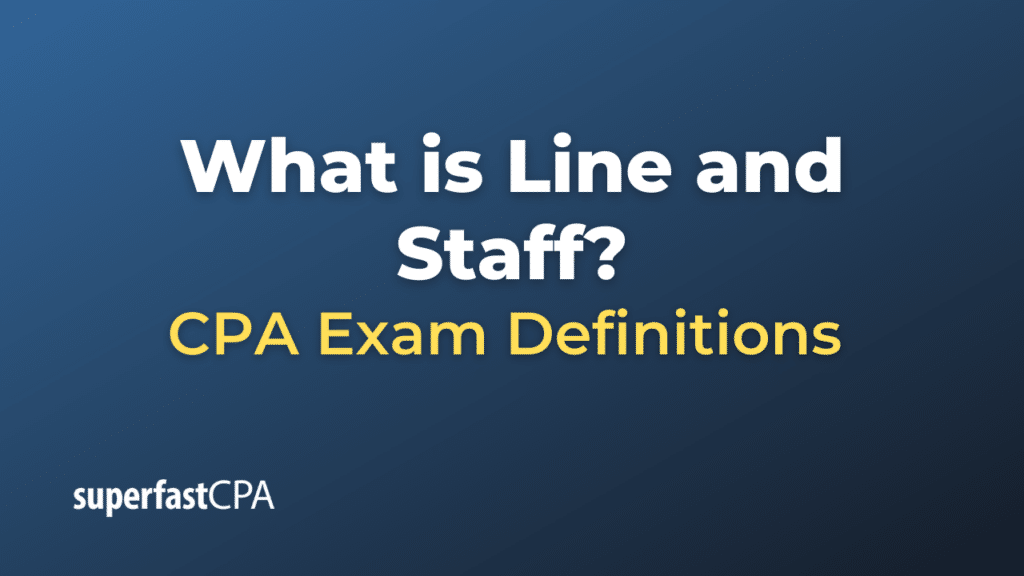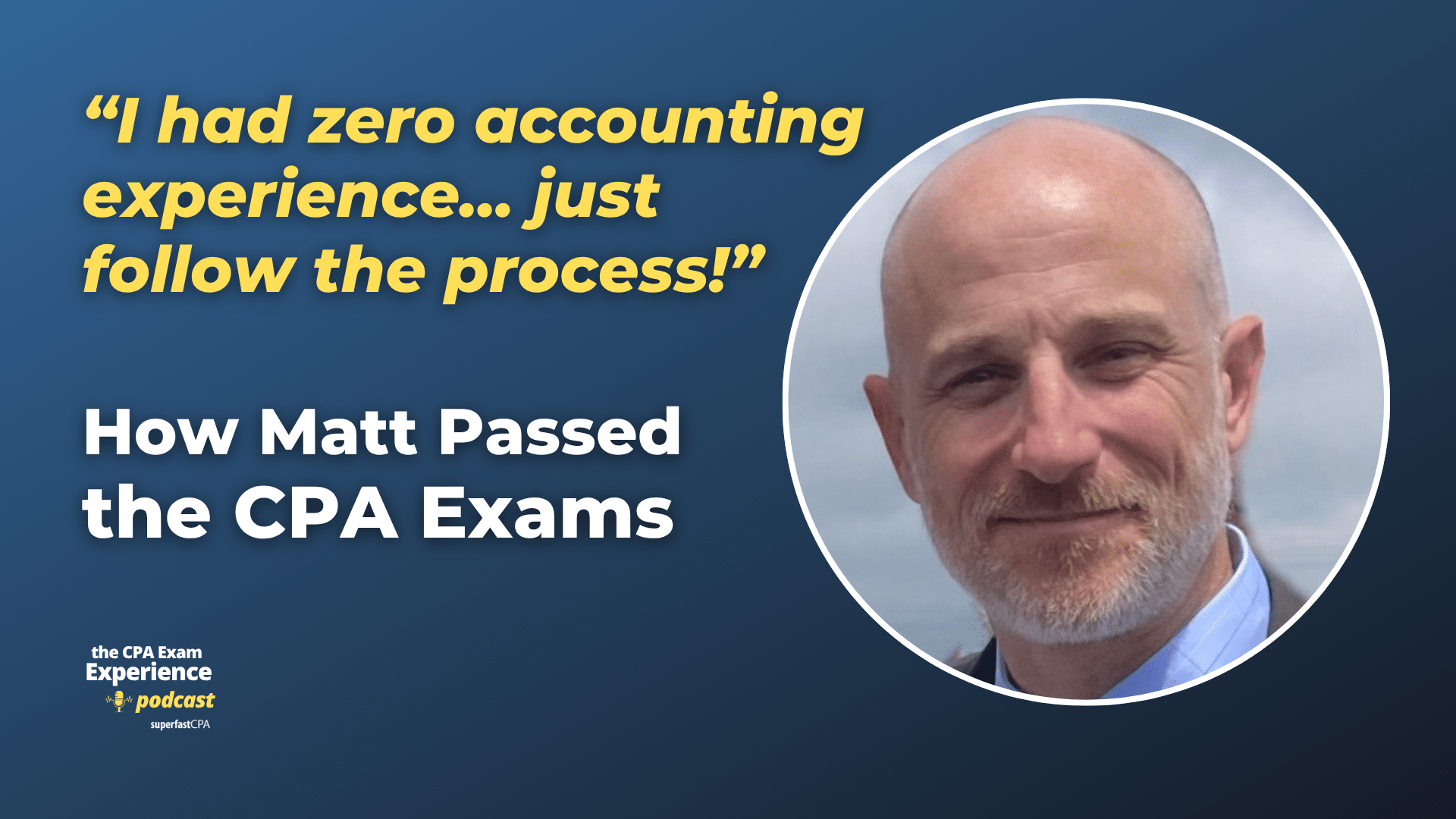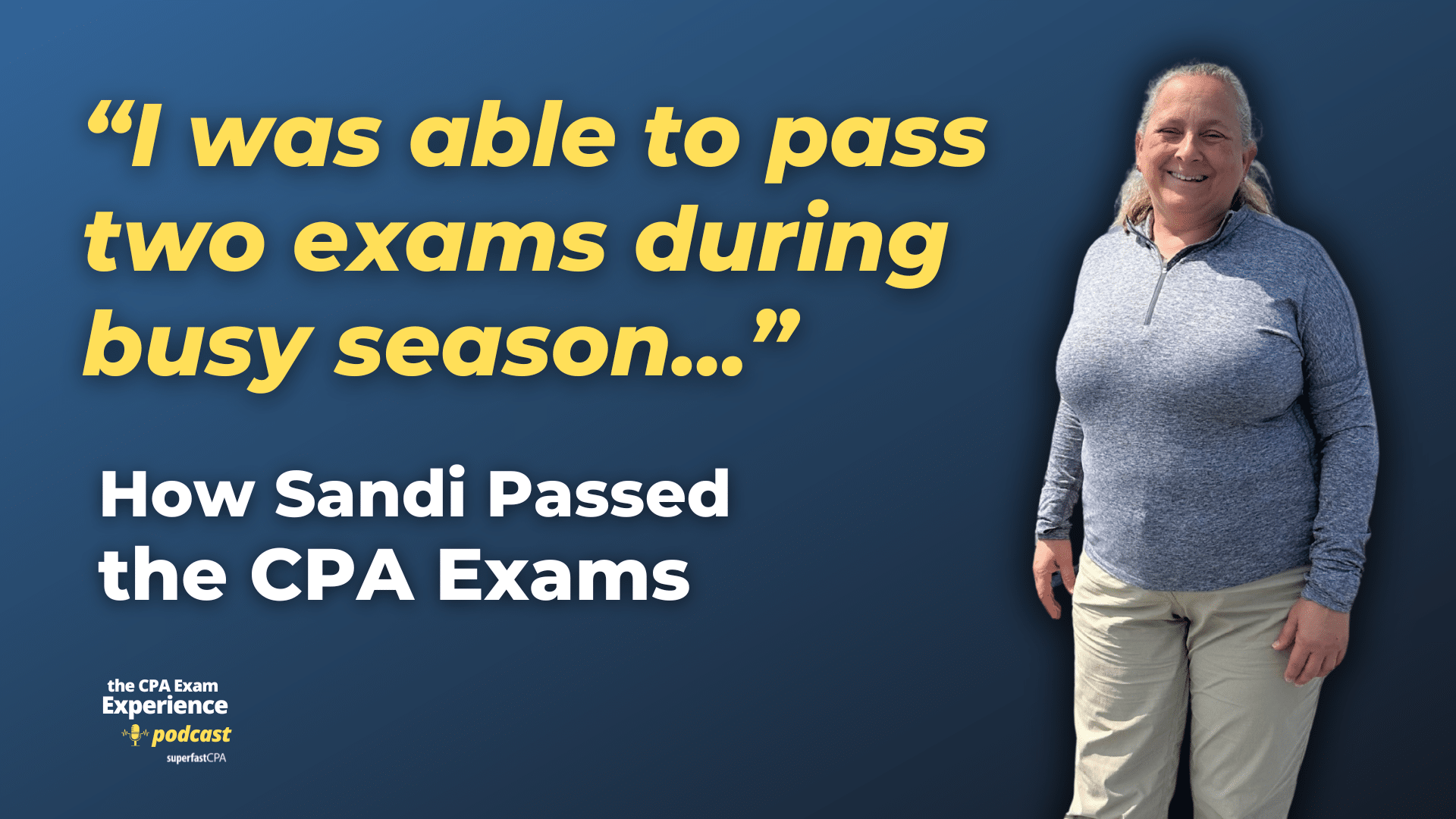Line and Staff
“Line and Staff” refers to a type of organizational structure that combines elements of line and staff systems to create a more efficient and effective organizational framework.
Here’s a brief explanation of line and staff roles:
- Line Roles: Line roles are those that have direct responsibility for achieving the primary goals of the organization, such as generating revenue. These roles are considered “line” roles because they form the direct, or “line”, that links the top of the organization to the bottom. Line roles typically include jobs like sales, production, and services that directly fulfill the company’s main purpose. Individuals in line roles usually have the authority to make decisions that directly impact the core business functions.
- Staff Roles: Staff roles, on the other hand, provide support, advice, and expertise to those in line roles. While they do not contribute directly to the primary goals of the organization, they play a critical role in supporting those who do. Staff roles can include jobs in departments like human resources, legal, public relations, research and development, and information technology. Individuals in staff roles often do not have direct authority over the core business functions, but their expertise and support help those in line roles make better decisions.
A line and staff organizational structure attempts to get the best of both worlds. The line functions ensure that the primary goals of the organization are pursued and achieved, while the staff functions provide the necessary support and expertise to improve decision-making and efficiency. However, this structure can sometimes lead to conflicts if the roles and responsibilities of line and staff positions are not clearly defined, or if staff members feel their advisory role is not adequately valued or understood.
Example of Line and Staff
Let’s take the example of a car manufacturing company to illustrate the concept of line and staff organization.
- Line Roles: These are roles directly involved in the production and selling of the cars. This includes assembly line workers who put the cars together, the supervisors who oversee them, the sales team that sells the finished cars, and the executives who make the strategic decisions about what types of cars to produce, how many to make, and where to sell them. These roles have direct responsibility and authority for achieving the main goal of the company, which is to produce and sell cars.
- Staff Roles: These roles provide support and expertise to the line roles. This could include human resources professionals who recruit and train the assembly line workers, IT staff who maintain the computer systems used in car design and production, finance professionals who manage the company’s budget and financial reporting, and public relations staff who manage the company’s public image. These roles do not directly produce or sell cars, but they provide critical support that helps the line roles do their jobs more effectively.
In this example, the line and staff structure allows the car manufacturing company to maintain a strong focus on its main business of producing and selling cars (through the line roles), while also ensuring that this work is supported by specialized expertise and functions (through the staff roles). However, it would be essential for the company to clearly define the roles and responsibilities of both line and staff positions, and maintain good communication and cooperation between them, to avoid potential conflicts or misunderstandings.










